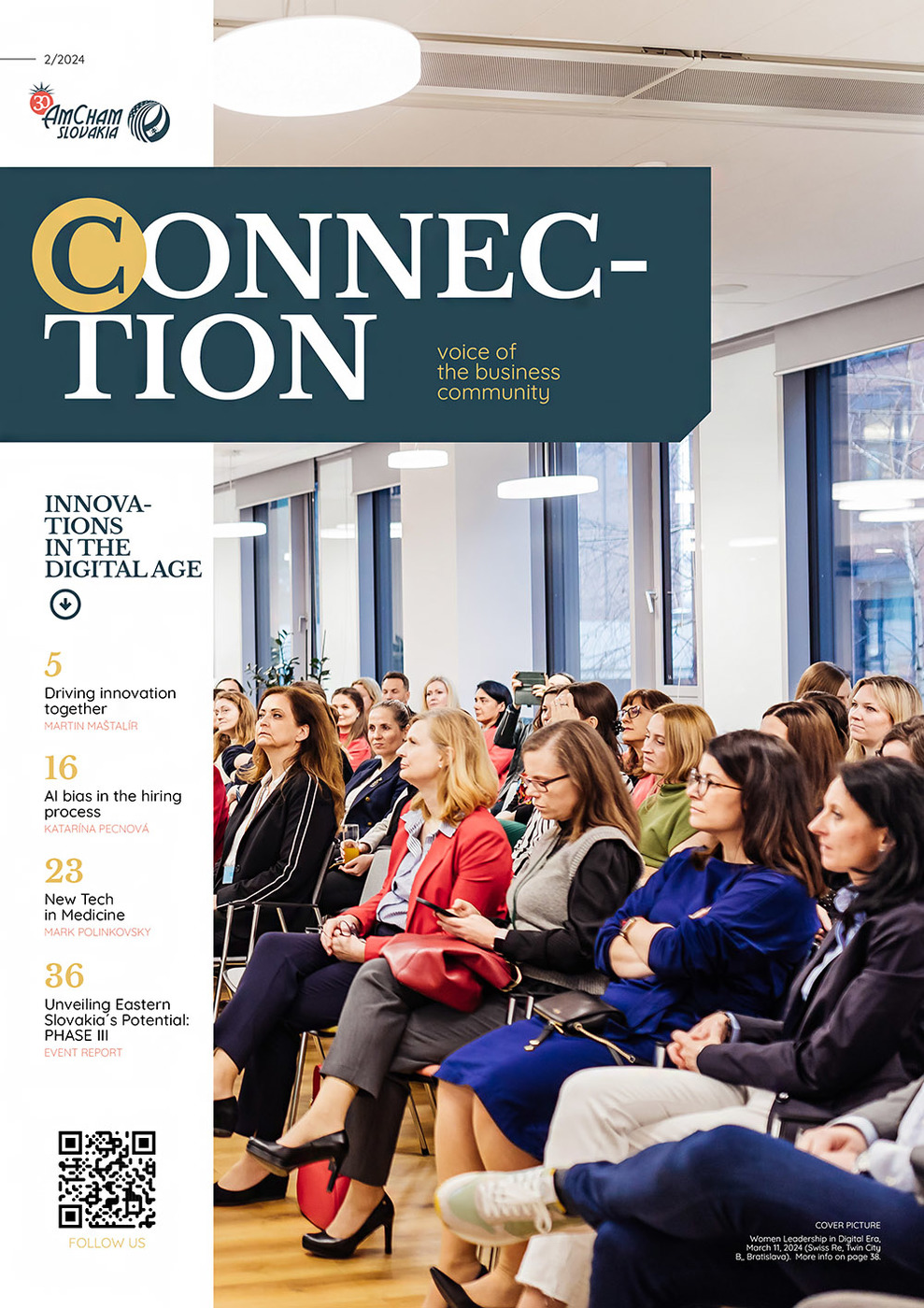An operating model, often called an organization’s operating model, is like a blueprint that outlines how an organization operates, innovates its product/services portfolio and delivers value.
It includes the structure, processes, technologies and ways of working that guide how different parts of an organization work together to achieve their goals. It is essentially a framework that helps an organization to function effectively, adapt to change and achieve success in a chosen industry or market.
Why is a simple skills innovation alone insufficient?
Please keep the following key message of this article in mind: The operating model of the organization and the competency model are closely linked - both play a vital role in achieving the goals and success of your organizational innovation.
The competence model ensures that the most valuable commodity that the organization has – the people - is equipped with the necessary skills for competent and high-quality execution of processes. An operating model determines how various processes, workflows and resources are organized to optimize operational efficiency. When the two models are aligned, employees can perform their tasks efficiently, resulting in smoother operations.
However, from the experience of our past projects focused on the development of modern and self-confident organizations, I know that if the development of competences is not placed in context, it only becomes a routine activity.
When innovating your organizational skills, apply a simple rule: CONTEXT IS THE KING
It is important to know how the development of individual competencies falls within the goals (business, operational, organizational) and directs the entire team or organization towards better competitiveness.
The competency model helps HR and L&D teams in recruiting, creating learning plans and developing employees with the necessary skills. This alignment with the organization’s operating model ensures that the workforce contributes strategically and effectively to the organization’s overall strategy in the long term.
Over the last three years, organizations that prioritize updating their conventional operating models as the primary driver of business transformation (Source: IBM Institute for Business Value) have experienced significant benefits:
- a profitability increase of 55%,
- their revenues/efficiency of their use increased by 44%,
- a 19% rise in team innovation and creative ideas,
- a 33% increase in employee retention.
Impressive figures, aren’t they?
This research was conducted on a sample of 21,000 respondents from 22 countries around the world.
Five reasons why modern organizations should consider updating their old OPERATING MODEL
(Besides the main reason, which is survival…)
- Adapting to market dynamics
The business environment in the age of AI and process automation is constantly evolving thanks to technological progress, changing consumer preferences and global events. A flexible operating model allows organizations to quickly respond to market changes and ensure that their offerings remain relevant and competitive.
- Improving agility
An adaptable operating model enables faster decision-making and implementation of changes. This agility is crucial for today’s organizations to seize new opportunities, manage challenges and stay ahead of the competition.
- Innovation and transformation
Skills development alone is not enough if the underlying structure of the organization hinders innovation and transformation. A modern operating model (Operating Model) can support a culture of creativity, experimentation and continuous improvement, which leads to sustainable growth.
- Involvement and retention of employees
The modern “Operating Model” of the organization represents a principle that values cooperation, autonomy and the well-being of employees, while supporting a positive working environment. This can lead to higher employee engagement, lower turnover and attracting top talent in a competitive job market.
- Customer-Centric Orientation
A flexible operating model can enable organizations to better understand and meet customer needs. By aligning processes with customer expectations, organizations can deliver superior customer experience outcomes, build loyalty, and drive revenue growth.
Three pragmatic threats for organizations if they do not change their operating model in the age of AI
1 - Lack of agility
Without an adaptable operating model, the organization becomes rigid and slow to respond to market changes. This lack of agility can lead to missed opportunities, an inability to capitalize on new trends, and ultimately a decline in competitiveness.
2 - Dwindling talent in the organization
Employees are more likely to seek opportunities in organizations that offer a modern and dynamic work environment. Organizations that do not adapt their operating model may struggle to retain skilled employees, hindering their ability to execute strategies and innovate effectively. Those organizations that invest in UPskilling of employees become trendsetters in their industry.
3 - Missed innovation opportunities
Without a culture of innovation supported by an adaptable operating model, organizations can lose breakthrough ideas and fail to adopt new technologies, leaving them at the tail end of the innovation race.
Where to start?
Try to answer these three questions:
- What are the most important decisions your organization has to make, and which departments are responsible for them?
- How do you connect people in your organization? What are the structures, processes and initiatives that support and restore this work network?
- What talent, skills and abilities will your organization need to succeed in five, ten or twenty years? What is the current gap in your organization in building them?
And that, in combination with long-term and strategic talent development, is the DNA of every modern and self-confident organization and its competitive advantage!
Matúš Draganovský, Managing Partner & Organizational Development Partner, SUVKO Coaching



Follow us